Working with Orliman products since 2017, last Orliman product training 2018.
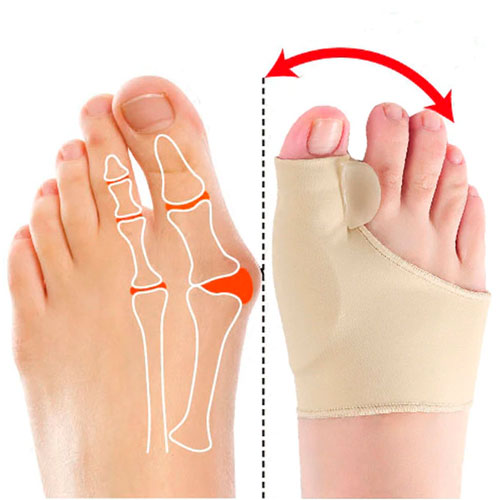
- orthopedic products
- Diseases that cause arch weakness
- Not sure about your choice?
- News
- Orthosis with extended inner edge
- specificity of treatment
- What other correction options are there?
- steps
- Advantages of the technique:
- What types of orthoses are there and how do I wear them?
- Pad made of silicone or gel
- Night Thumb Brace
- Bauerfeind Valguloc joint splint
- contraindications
- Semi-rigid knee braces
- Semi-rigid knee braces are effective in the treatment and prevention of
orthopedic products


With us you can buy a bandage for valgus deformity of the foot. This orthopedic product, a bandage for varus foot deformity, is very popular among older women and men.
Distortions and adhesions can occur at any age. The 1st toe is most commonly affected and the deformity occurs at the level of the metatarsophalangeal joint. If the deformity is accompanied by flat feet, the doctor diagnoses a valgus foot, which is even worse. In some cases, this can be complicated by chronic bursitis.
A bandage placed over the valgus deformity can help correct the situation.
Diseases that cause arch weakness
The following changes occur with valgus foot deformities:
– A flexion of the thumb at the metatarsophalangeal joint can be seen.
– A painful bump appears on the outside of the finger.
– The second toe is raised above the thumb and takes the shape of a hammer. This deformity is called hammer foot.
– Compression increases pain and affects gait.
Treatment of valgus deformity is conservative treatment to prevent flat feet. The doctor makes the diagnosis and determines the specific characteristics of the valgus bandage. This orthopedic product also has a preventive effect.
Not sure about your choice?
Our consultants will be happy to help you choose orthopedic products
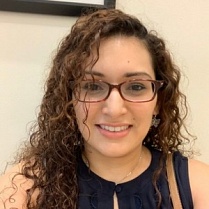
Maria Lavrova
Diploma in Medicine Burdenko Voronezh State Medical University. NN Burdenko
Has been working with Orliman products since 2012, last training on Orliman products in 2018
'I like my job and the company I work for. The selection of orthopedic products gives me great pleasure!'

Ivannikova Arina Stanislavovna
Graduated from the Pirogov Russian National Scientific Medical University in medicine in 2010.
Has been working with Orliman products since 2017, last training on Orliman products in 2018.
'My first year in this call center has been nothing but joy. I do my job with quality and responsibility.'
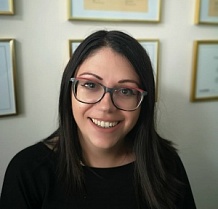
Ivanchenko Kristina Yaroslavovna
Medical Diploma of Izhevsk State Medical Academy in 2009.
Has been working with Orliman products since 2013, last training with Orliman products in 2018
'A great job that brings nothing but joy. I don't regret becoming an orthotist. I really enjoy helping people!'

Alina Ivanovna Mironova
Medical education at Tver State Medical University in 2011.
News
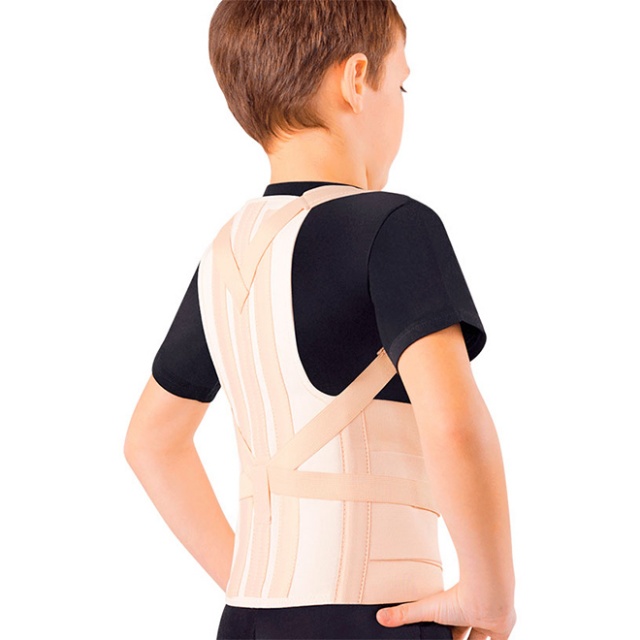
Children's lumbosacral orthosis - a product for the treatment of curvatures.
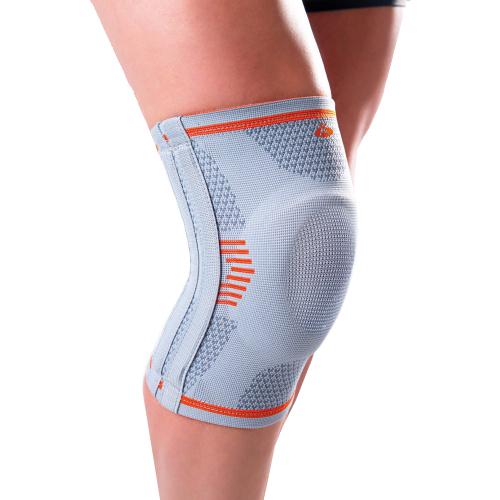
Learn how to keep your knee joints healthy.
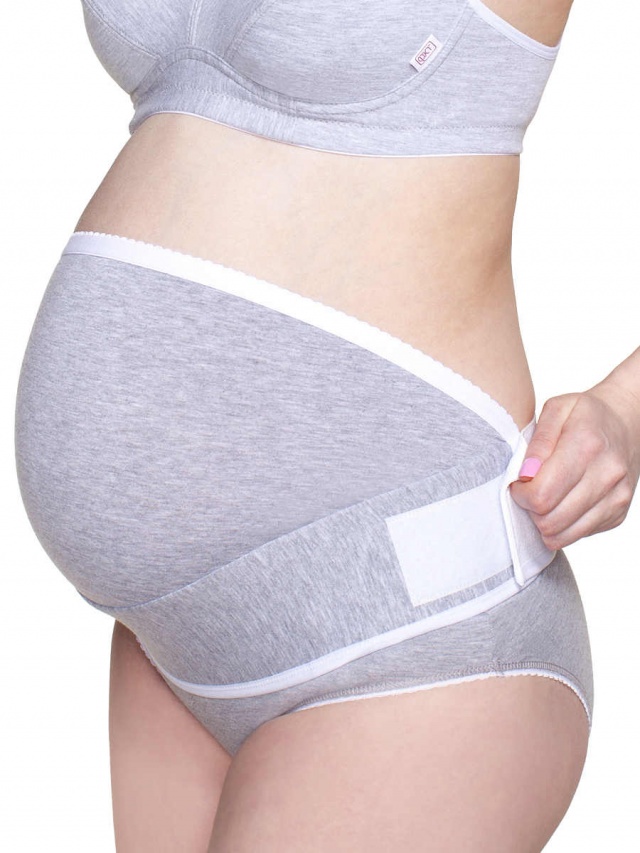
Which models of prenatal orthoses are available.
Orthosis with extended inner edge
The inner edge of the traction orthosis extends to the fingernail of the big toe and immobilizes the metatarsophalangeal joint of the big toe. The orthosis is used for a stiff big toe and pain in the metatarsophalangeal joint.
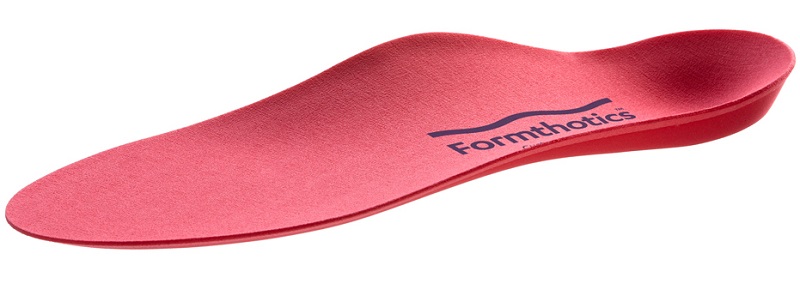
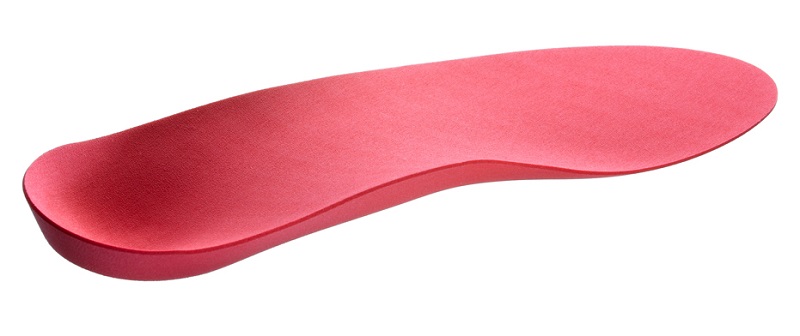
Many different types of orthoses are used in practice. Oftentimes, the success of orthotics with consumers is due to their commercial availability.
Different materials are used to manufacture orthoses. When choosing the material for an orthosis, L. Bordelon recommended the following principle: A flexible foot (hypermobile) requires a stiffer orthosis, while a rigid foot requires a more flexible construction.
Depending on the presence of arch support and reinforcing materials and their properties, three categories of orthoses can be distinguished Three types of orthotics:
- Rigid' orthoses. They should control the position of the foot and also redistribute the weight under the foot. They are considered to be the most suitable for correcting non-fixed foot deformities. Most rigid orthoses are custom made from various thermoplastic or cast resin materials.
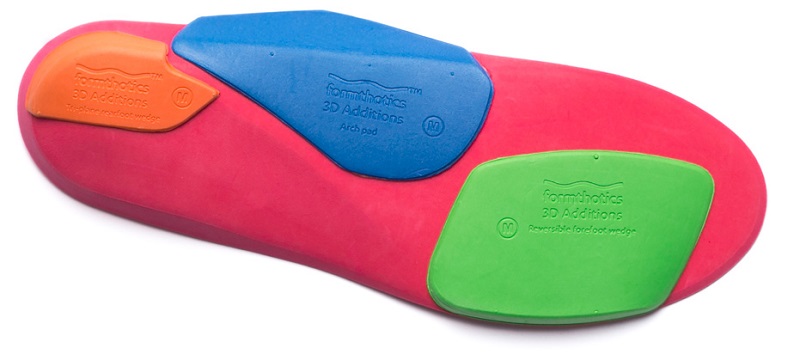
Source: Mickiewicz VA, Podiatry / VA Mitkevich, AO Arseniev. – Moscow : binomial. Lab. Knowledge, 2006 (Ulyanovsk : Ulyanovsk Printing House). – 136 c.
Podiatric Bulletin - Web portal for podiatrists.
specificity of treatment
A medical hard corrector should be used regularly, the noticeable result is usually visible within a few weeks. A complete correction of the joint can also be expected at a later point in time. Of course, this requires comprehensive treatment by a specialist. Doctors usually recommend massages and orthopedic exercises in addition to splints. Medications may also be prescribed for severe osteoarthritis.
It is important to remember that if you continue to wear uncomfortable shoes, full treatment will be impossible. It is necessary to buy shoes with a sufficiently wide nose that does not pinch and deform the toes. By the way, this recommendation should be followed so that the disease does not appear in the first place.
What other correction options are there?
In addition to the treatment option for toe valgus described above, there are other toe corrections in this category of orthopedic products. These are used to treat flat feet, heel spurs, hammer toes, and many other conditions.
Silicone corrections for the upper part of the foot, for example, separate the toes, prevent rubbing and help heal blisters and maintain correct posture. There are also gel or silicone correctors to treat and prevent flat feet. They reduce pressure on the arch of the foot and when worn on the heel they reduce pressure on the toes as the foot no longer 'slips'.
Orthopedic bandages, especially thumb pads, can be purchased at our online store in St. Petersburg at reasonable prices. Do not delay the treatment and take care of your feet.
steps
Before an orthopedic bandage is made especially for you, the podiatrist of SM-Cosmetology analyzes the existing problems, examines the peculiarities of your gait and your biomechanics when walking, determines where your feet need protection and where the shape of the joints or muscles needs correction must. The technician then takes an impression of your foot and sends it to the lab to create a custom insole.
It takes some time for the patient to get used to wearing the orthosis. This process takes several weeks. Our experts recommend that you wear the orthosis for the first time until you feel pain in your foot. Then you should take them off, let the joints rest for about a day, and put them back on. Once the patient has become accustomed to it and no longer notices the device, it should only be removed at night - orthoses are of little use during sleep as they must be loaded for maximum effectiveness.
Advantages of the technique:
- The plasticity of the materials ensures a precise adaptation to the anatomical shape of the foot, taking into account specific therapeutic needs;
- The silicones used in our clinic are characterized by high strength and durability;
- the two-piece construction of the product ensures a high degree of flexibility;
- Silicones are characterized by low allergenicity.
The price of this treatment depends on the size of the splint and the duration of the correction. It will most likely need to be replaced in the course of treatment.
If you would like to learn more about the manufacture and other types of orthoses and treatment at SM-Cosmétologie, please call us at +7 (499) 705-55-65 and the consultants at the clinic will answer all your questions answer in detail.
What types of orthoses are there and how do I wear them?

Many types of insoles have been developed to correct valgus in the first toe. They differ in material and mode of operation. Some are for day use, others are for night use. Your doctor should help you choose the right mechanism and adjust them the first time. Improper use aggravates the disease. The mechanism should fit snugly against the foot, but not too tight. The strap extends between the toes and fixes them in the right position. The patient may feel some discomfort at first, so he should initially wear the splint for 2-3 hours a day.
Pad made of silicone or gel
This splint is universally sized and sold in sets of 2 for both left and right legs. Easy to use. It is acceptable to wear them with shoes during the day. The main disadvantages are the stiffness and lack of adjustability in the little toe area. This type of orthosis is prescribed for stage 1 prophylaxis or treatment when the angle of deviation is small.
Night Thumb Brace
A rigid mechanism that firmly fixes the finger overnight. Considered an effective orthosis for valgus deformities. Easy to use and maintain with no wearing parts. She is a universal size. It attaches to the foot and big toe with Velcro to adjust the angle. There may be some discomfort on first use until the foot adjusts to the new position.
Bauerfeind Valguloc joint splint

A bone disposal mechanism in the foot designed for use throughout the workday. A clear advantage is the rigid immobilisation of the bone with unrestricted mobility of the foot. The splint does not restrict movement, relieves the foot when walking and does not interfere with footwear. The Bauerfeind Valguloc toe fixation consists of an anti-stress padding material that is tailored to the anatomical features of the foot. It is available in one universal size and can be adjusted with Velcro straps.
contraindications
Despite its suitability, the orthosis for correcting deformities of the big toe has contraindications. It is not used in the following pathologies:
- arthritis, arthrosis and gout;
- circulatory disorders;
- Dermatological diseases or mechanical damage to the skin;
- Diabetes;
- Edema of the lower limbs.
The presence of any of these symptoms should make the patient think twice before putting a splint on themselves. Improper use of a valgus splint will lead to further deformation of the foot and then more serious problems. The choice of tool must be made by the doctor, who will take into account all the features of the disease and choose the best option.
Semi-rigid knee braces
Semi-rigid knee braces are used when there is a need for sufficiently strong stabilization of the joint and partial restriction of its movement. The product helps to balance the stress on the joint, redistributing it to the healthy parts of the leg and keeping the knee structures in anatomical position. Manufacturers pay special attention to the quality of the materials used and the products themselves, since the user's health depends on them.
Injuries and diseases of the knee joint can significantly affect your general well-being as well as your ability to walk independently, your comfort and your ability to work. The knee joint is an important part of the musculoskeletal system and should be treated as early as possible. It is more prone to injury and degenerative diseases associated with age-related changes.
Semi-rigid knee braces are effective in the treatment and prevention of
- Various types of arthritis and osteoarthritis;
- sprains and strains of ligaments and muscles;
- muscle and tendon injuries;
- tendinitis in the knee joint;
- treatment of dislocations and fractures;
- rehabilitation after surgical interventions;
- stroke recovery;
- And other.
- Semi-rigid fixation allows partial restriction of joint mobility and limits joint loading to an acceptable level;
- The bandage supports the joint structures of the knee in an anatomically correct position, creating optimal conditions for rehabilitation;
- Using a semi-rigid knee brace can reduce pain and the intensity of inflammation and improve overall well-being;
- The orthosis improves blood circulation in the damaged area, thereby accelerating the tissue regeneration process;
- The materials used to manufacture the product are hypoallergenic, preventing diaphoresis, chafing and allergies;
- The semi-rigid knee brace, unlike a cast, does not impede airflow to the skin at the point of contact and does not affect heat exchange;
- The products are made of special medical materials: neoprene, elastic fabric, plastic. They come with fastening straps and silicone rings to protect the kneecap.
- Complete leg orthosis.
- Overnight orthosis for plantar fasciitis heel spurs.
- toe pads.
- hip brace.
- ribbons for children.
- knee joint apparatus.
- Reviews of alloy holders.
- shoulder brace.
